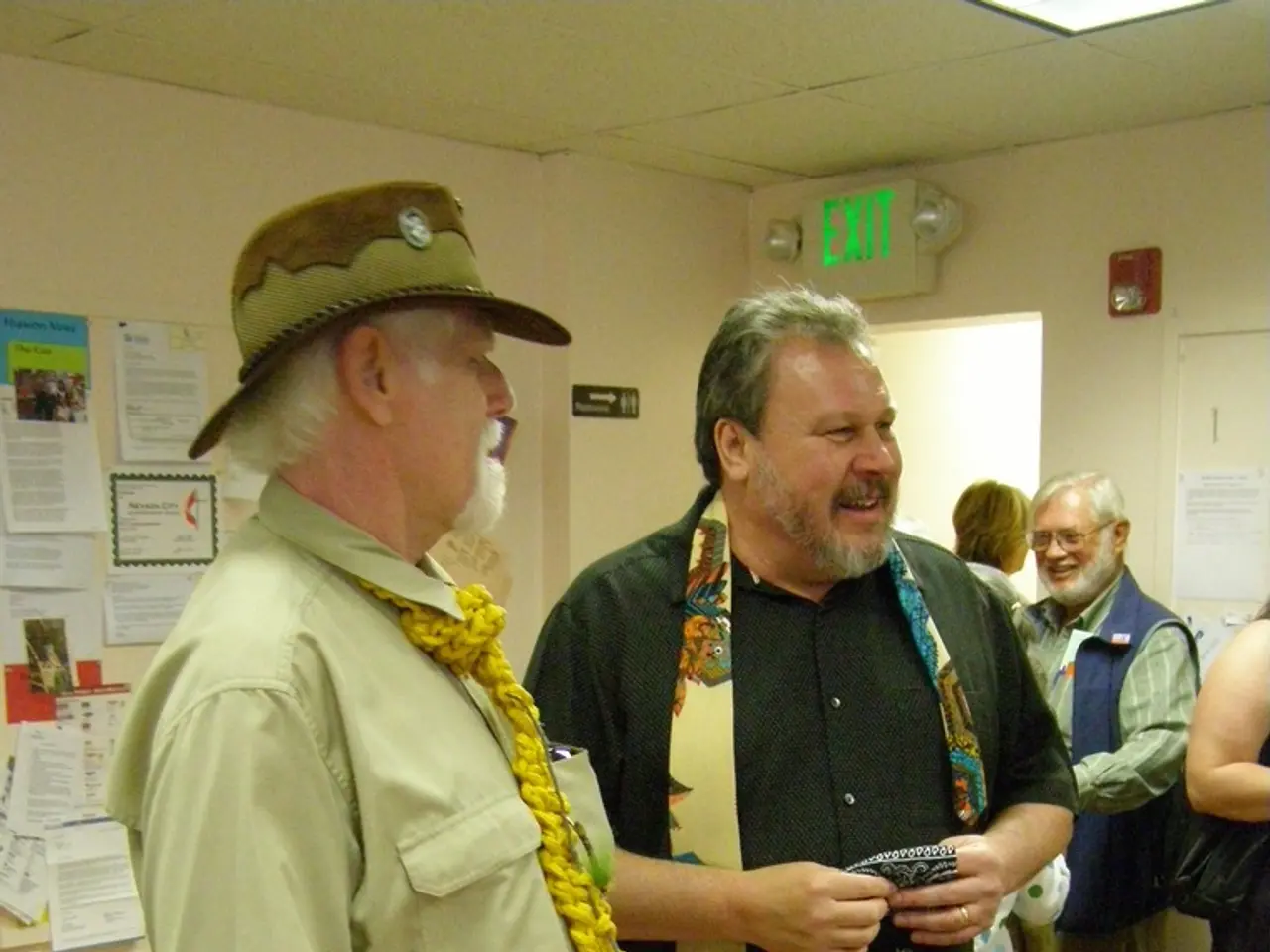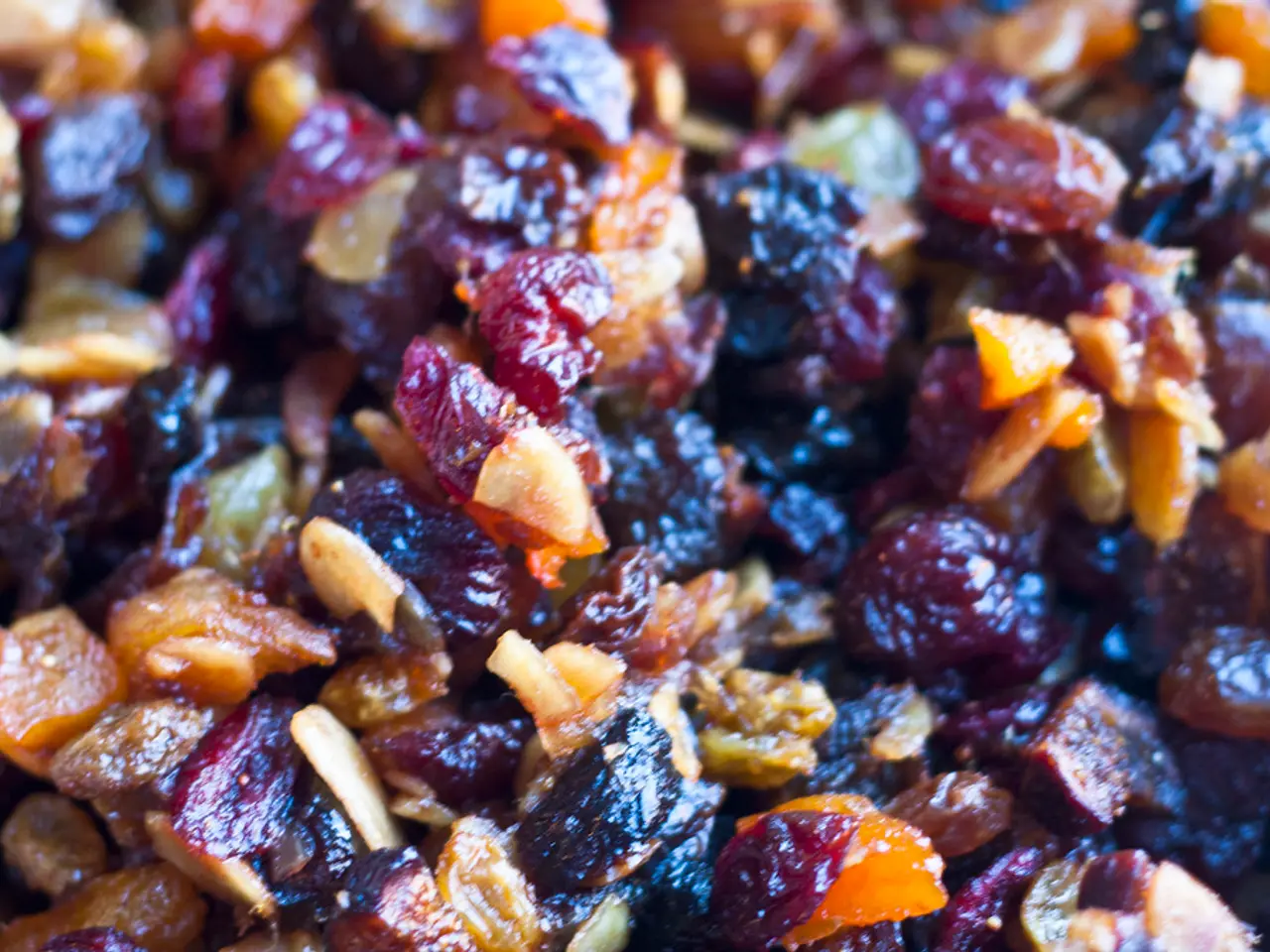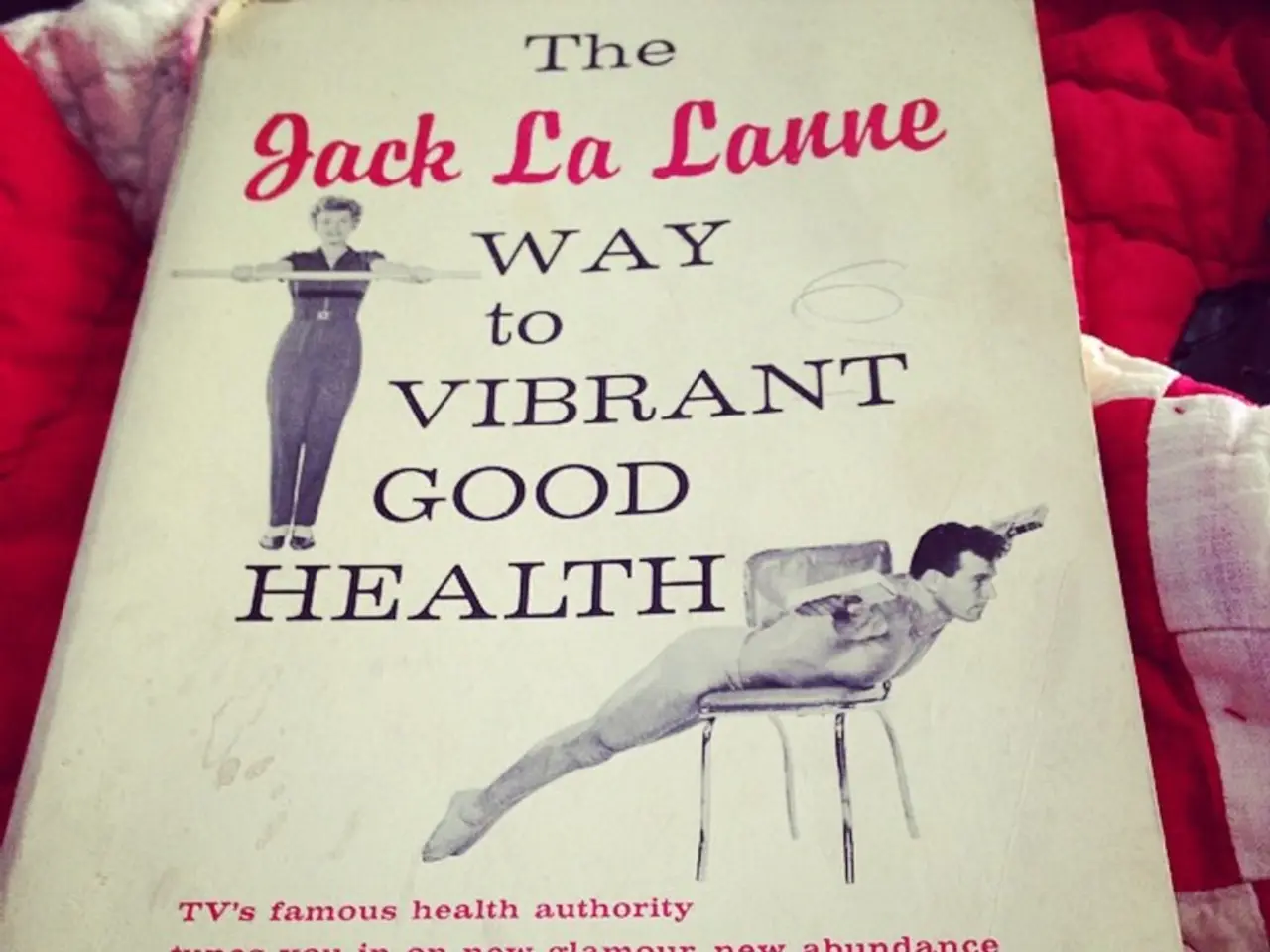Strategies for Senior-Friendly Home Modifications
In a bid to create a safer living environment for seniors, it is crucial to address several critical areas that can prevent common household hazards such as slips, trips, and falls. Here are some essential safety tips to consider:
## Addressing Slip, Trip, and Fall Risks
- **Eliminate Trip Hazards**: Clear the home of clutter, secure or remove loose rugs, and tidy away trailing wires to prevent tripping[2][4]. - **Use Non-Slip Surfaces**: Install non-slip mats or strips in bathrooms and ensure that all rugs and mats outside the bathroom have non-slip backing[3][4]. - **Install Handrails and Grab Bars**: Ensure handrails are secure and cover the full length of stairs, and install grab bars in bathrooms near toilets and showers[2][4].
## Improving Lighting Safety
- **Improve Lighting**: Ensure that all areas, particularly hallways and staircases, have adequate lighting to help prevent falls[2]. - **Use Nightlights**: Place nightlights in strategic locations like hallways and bathrooms to help seniors navigate during the night[3].
## Enhancing Kitchen Safety
- **Organize Kitchen Tools**: Keep frequently used kitchen items within easy reach to avoid stretching or bending[1]. - **Use Safe Kitchen Tools**: Choose tools with large, easy-to-grip handles and consider using safety covers for knives[1]. - **Install Automatic Shut-Off Devices**: Consider installing automatic shut-off devices on stoves to prevent burns[2].
## Boosting Bathroom Safety
- **Grab Bars and Non-Slip Surfaces**: Install grab bars near toilets and in shower areas, and use non-slip mats both inside and outside baths or showers[2][4]. - **Bath or Shower Seats**: Provide seating options like shower chairs or benches to reduce the need to stand for long periods[4]. - **Thermostatic Mixer Taps**: Install thermostatic mixer taps or anti-scald devices to regulate water temperature and prevent burns[4].
By implementing these measures, seniors can enjoy a safer and more supportive living environment, significantly reducing the risk of common household accidents.
Additional considerations include:
- **Outdoor Safety**: For outdoor areas such as front and back porches, gardens, and paths, ensure handrails, adequate lighting, and reflective tape on each step[4]. - **Heating Safety**: Older hot water systems installed before 1998 may not be heat regulated, posing a risk of scalding. Consider getting advice from a licensed plumber on installing a tempering valve to reduce bathroom water temperature[4]. - **Energy Efficiency**: Installing energy-efficient light globes can help households save on bills and last longer, reducing the chances of injury when changing the bulb[3]. - **Outdoor Clutter**: Look to remove outdoor clutter such as fallen leaves, moss, slime, clogged gutter material, and other debris from outdoor areas, walkways, and paths[4]. - **Garage Safety**: Ensure tools and other trip hazards are kept clear of walkways. Use a hose reel or hook to keep hoses out of the way and clean up any spills to minimize slip or trip hazards[4]. - **Shoe Wear**: Wearing supportive and well-fitted shoes can help prevent falls outside[4]. - **Bedroom Safety**: Within the bedroom, ensure the bed frame is sturdy, easy to get in and out of, with light switches in easy reach, and clear pathways to areas like the kitchen or bathroom[4]. - **Electric Blankets**: Electric blankets are not recommended for seniors due to heat sensitivity[4].
By adhering to these safety guidelines, seniors can live more comfortably and securely in their homes, reducing the risk of accidents and promoting an overall sense of wellbeing.
- To further ensure the safety and wellbeing of seniors, it's essential to consider implementing science-based solutions in health-and-wellness areas such as energy-efficient light globes to save on energy bills and minimize the risk of injury during bulb changes [3].
- Additionally, promoting the importance of wearing well-fitted, supportive shoes can help reduce the occurrence of falls as part of a broader health-and-wellness approach [4].




